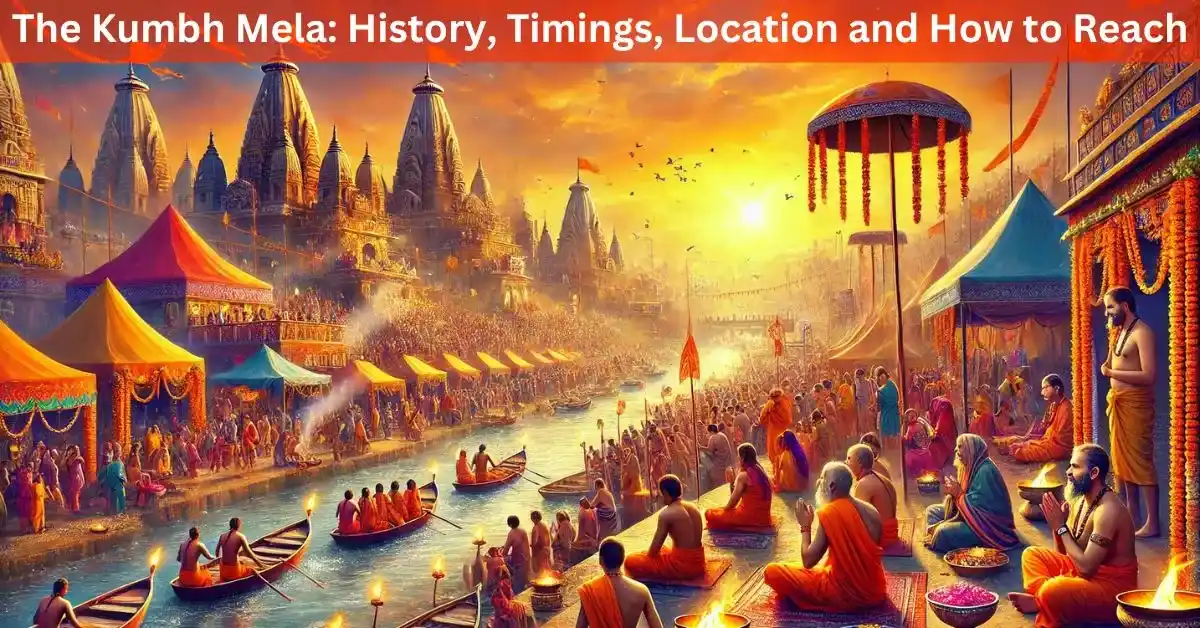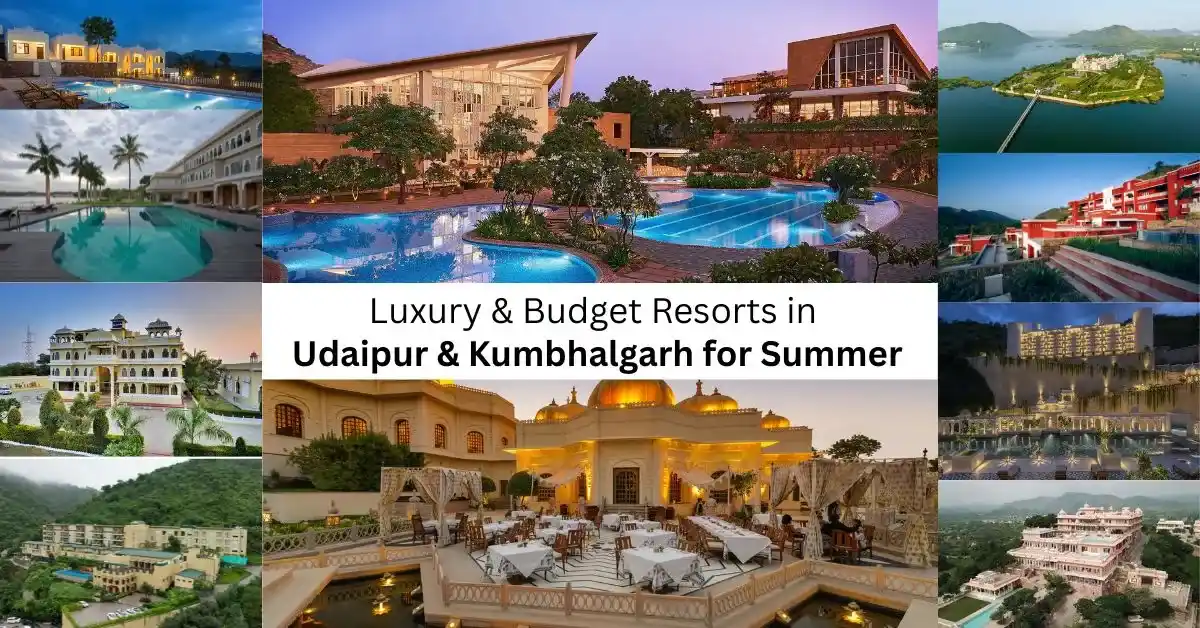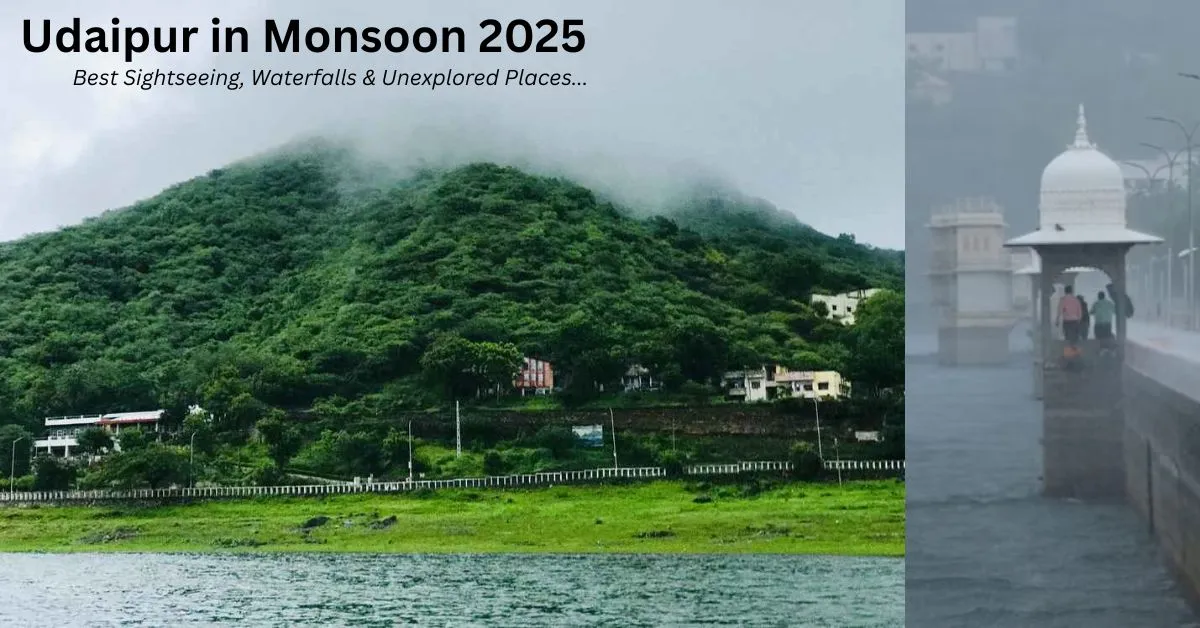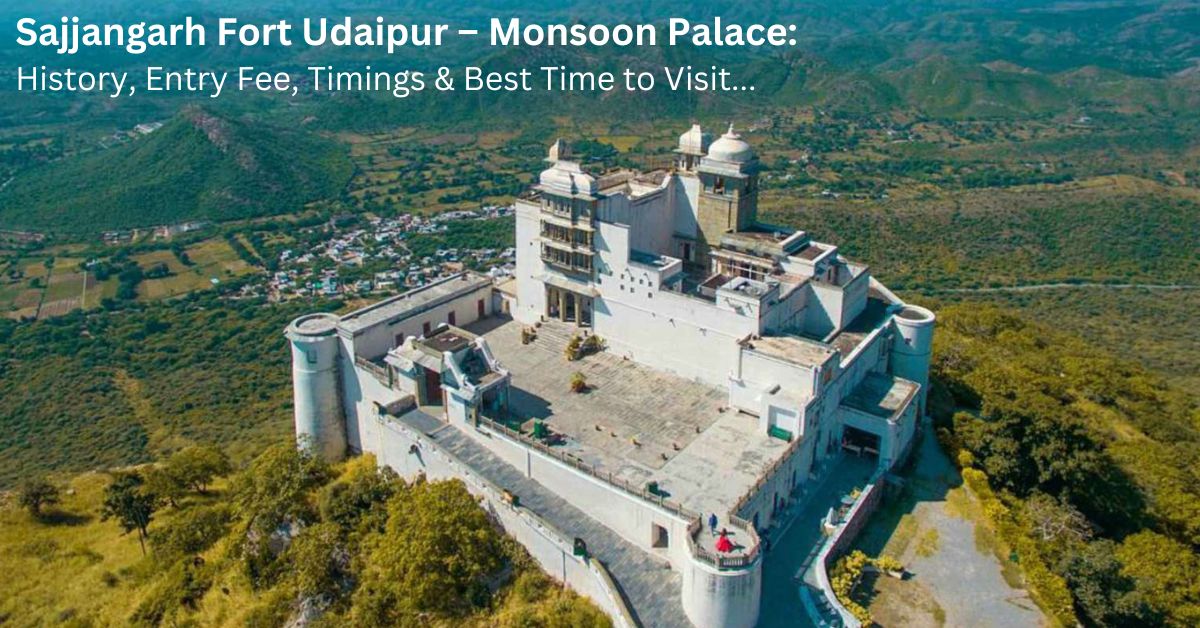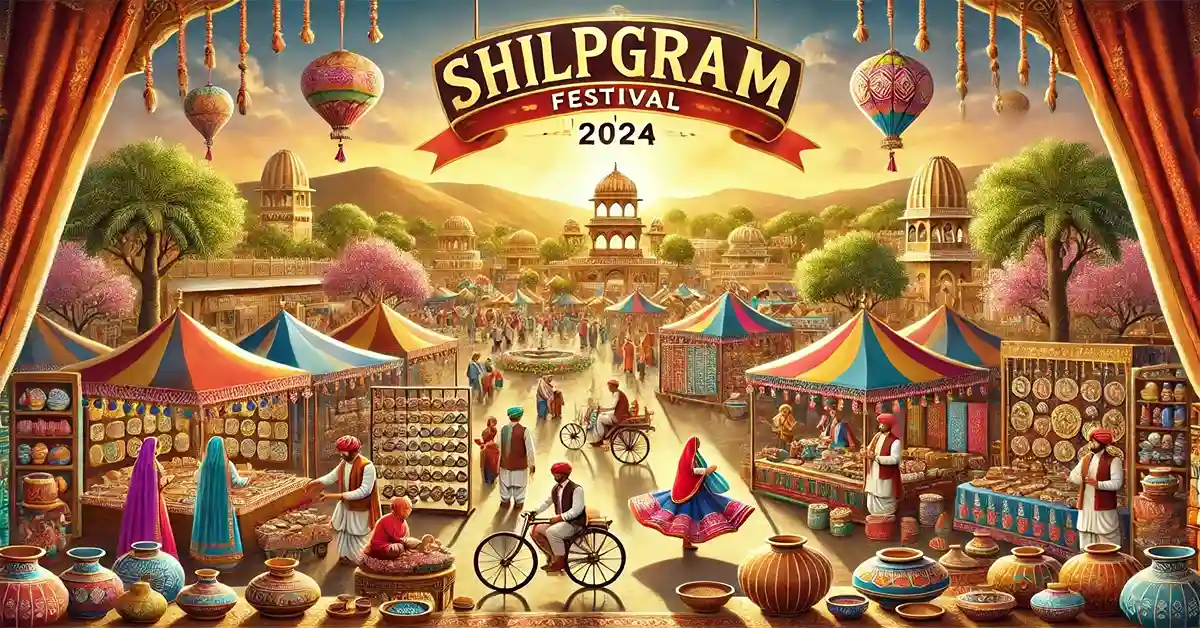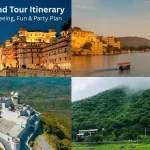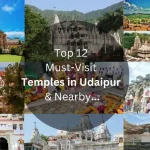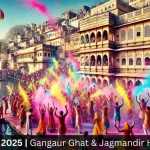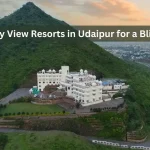Discover the rich history and traditions of the Kumbh Mela. Learn why it’s famous, key dates, things to do, and travel options from Udaipur to Kumbh Mela.
What is Kumbh Mela and Why is it Famous?
The Kumbh Mela, often referred to as the largest human gathering on Earth, is a sacred Hindu festival celebrated at four major pilgrimage sites in India: Prayagraj, Haridwar, Ujjain, and Nashik. It’s a confluence of spirituality, history, and culture that draws millions of pilgrims, saints, and tourists from around the globe.
The festival’s name is derived from the Sanskrit word Kumbha (pitcher), symbolizing the nectar of immortality. According to Hindu mythology, the event commemorates the celestial battle between gods and demons over the nectar, drops of which fell at these four locations.
A Glimpse into Kumbh Mela’s History
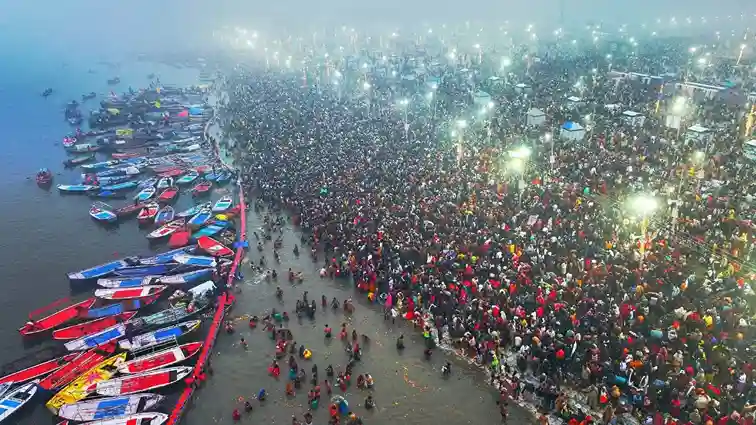
Kumbh Mela’s origins date back thousands of years, mentioned in ancient scriptures such as the Vedas, Puranas, and Mahabharata. It is believed to have been institutionalized by the 8th-century philosopher Adi Shankaracharya, who unified various Hindu sects to gather and celebrate their shared beliefs.
Over the years, the festival has evolved, becoming a UNESCO-recognized Intangible Cultural Heritage. It remains a powerful symbol of India’s religious and cultural identity, attracting not only the devout but also curious travelers seeking to experience its grandeur.
Key Start Dates for the Next Kumbh Mela
The Kumbh Mela follows an astrological schedule, with its dates determined by the alignment of the Sun, Moon, and Jupiter. Here are the key upcoming dates:
- Ardh Kumbh Mela (Haridwar): Starts in 2025.
- Purna Kumbh Mela (Prayagraj): Scheduled for 2025.
- Maha Kumbh Mela (Every 144 Years): Next occurs in 2145.
Ensure to check the official government announcements closer to the event for precise dates and schedules.
Top Things to Do at Kumbh Mela
1. Take a Holy Dip
The most significant ritual of the Kumbh Mela is the Shahi Snan (Royal Bath) in sacred rivers. It is believed that bathing during the Kumbh washes away sins and grants liberation (moksha).
2. Attend Spiritual Discourses
Join the enlightening talks and sermons by spiritual leaders and saints from various sects. These sessions offer profound insights into Hindu philosophy and practices.
3. Witness the Akharas
The Akharas, or religious orders, are a major highlight. The Naga Sadhus, known for their austere lifestyles, perform rituals and lead processions with great pomp.
4. Explore Cultural Performances
From traditional music and dance performances to local crafts and cuisines, Kumbh Mela offers a vibrant cultural experience.
5. Participate in Yoga and Meditation
Many camps organize free yoga and meditation sessions, providing a serene retreat amidst the bustling festivities.
How to Travel to Kumbh Mela from Udaipur
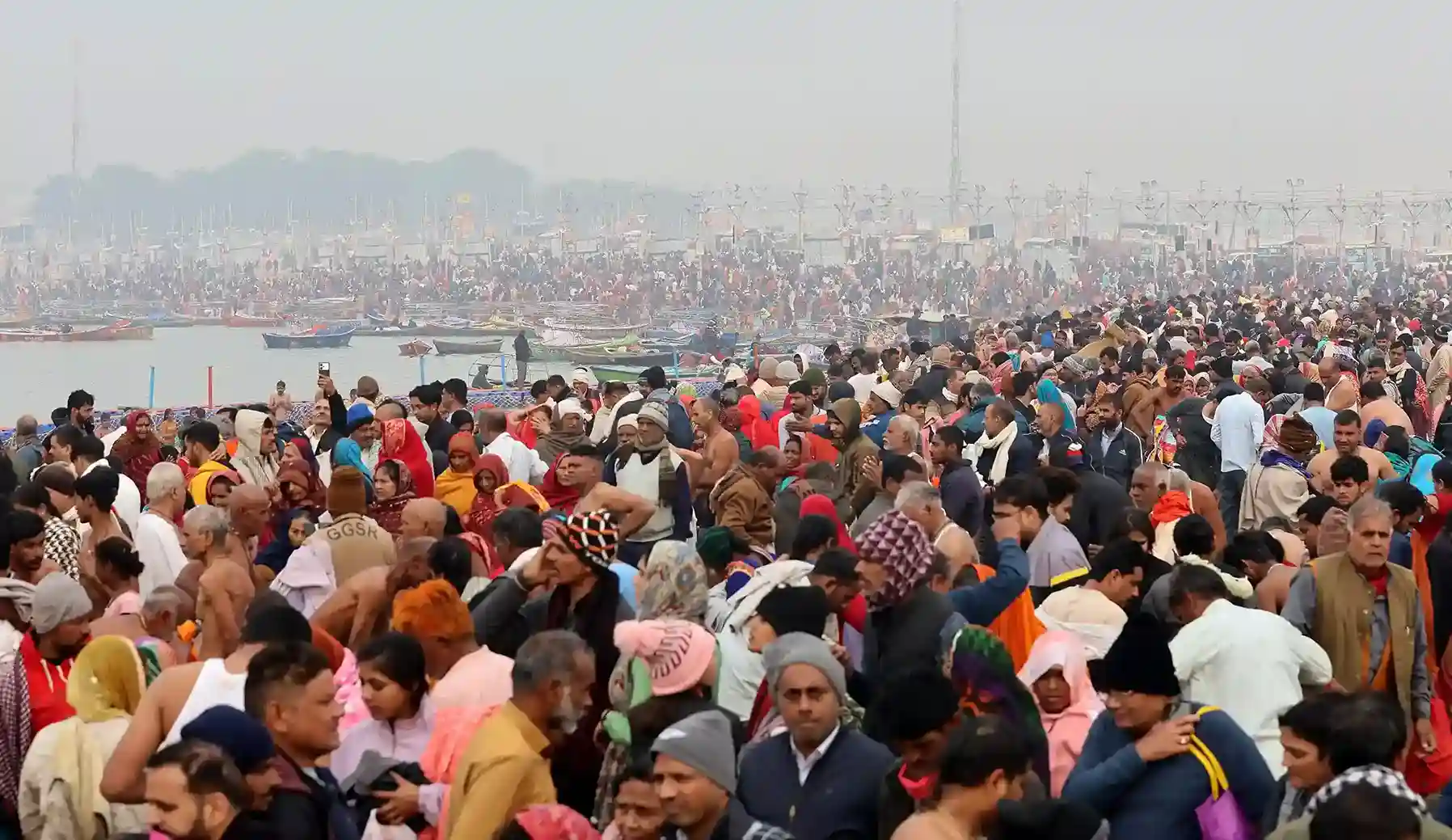
1. By Train:
Udaipur is well-connected by rail to cities like Prayagraj, Haridwar, and Nashik. Book your tickets early, as trains tend to fill up quickly during the Kumbh.
2. By Flight:
The nearest airports to Kumbh Mela venues are:
- Prayagraj: Bamrauli Airport
- Haridwar: Jolly Grant Airport (Dehradun)
- Nashik: Ozar Airport
From Udaipur, flights are available to these cities with layovers in Delhi or Mumbai.
3. By Road:
You can hire a taxi or tempo traveller from Udaipur for a comfortable and personalized journey from Udaipur to the Kumbh Mela venue.
Hire a Taxi from Udaipur to Kumbh Mela
If you’re traveling in a small group, hiring a taxi is a convenient option. Patel Tours and Travels offers reliable Innova taxi services in Udaipur equipped with AC, spacious seating, and experienced drivers to make your trip seamless and comfortable. Book your taxi well in advance to secure the best rates.
Hire a Tempo Traveller from Udaipur to Kumbh Mela
For larger groups, a tempo traveller is the ideal choice. Urbania tempo travellers provide ample space, reclining seats, and amenities like charging ports and entertainment systems, ensuring a comfortable ride for long journeys.
Contact Patel Tours and Travels to customize your travel itinerary.
10 Frequently Asked Questions About Kumbh Mela
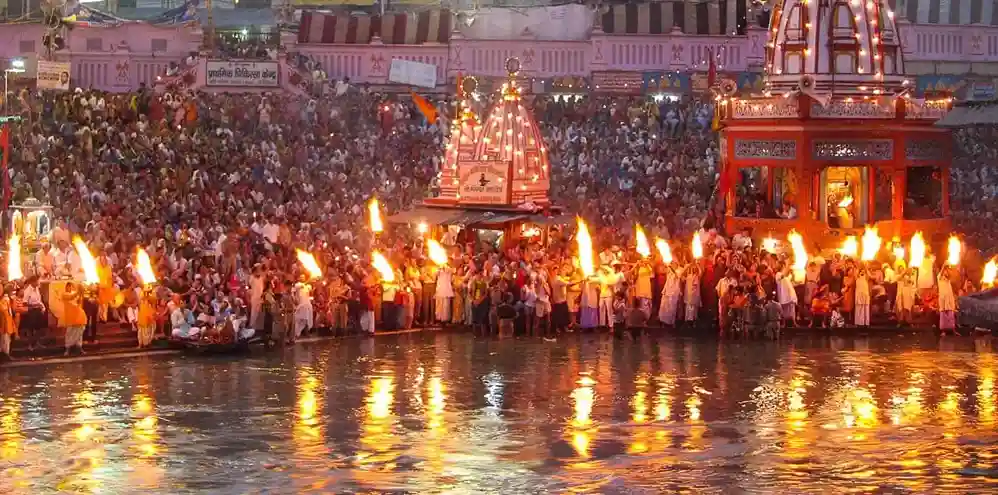
What is Kumbh Mela known for?
Kumbh Mela is famous for being the largest religious gathering in the world and its holy dip rituals.
What are the four locations of Kumbh Mela?
Prayagraj, Haridwar, Ujjain, and Nashik.
How often does Kumbh Mela occur?
The festival is celebrated every 12 years at each location, with an Ardh Kumbh occurring every 6 years.
Is Kumbh Mela safe for international tourists?
Yes, the event is well-managed, with security and facilities for visitors from all over the world.
Do I need to register to attend Kumbh Mela?
While registration is not mandatory, pre-registration for accommodation is recommended.
What should I pack for Kumbh Mela?
Comfortable clothing, toiletries, a first aid kit, and a reusable water bottle.
Are there accommodations near Kumbh Mela sites?
Yes, options range from tents and ashrams to hotels. Early booking is advised.
Can I visit Kumbh Mela with children?
Yes, but ensure to keep them close due to large crowds.
What languages are commonly spoken at Kumbh Mela?
Hindi and English are widely spoken.
What is the best time of day to visit the Kumbh Mela?
Early morning is ideal for experiencing rituals and avoiding crowds.
Conclusion:
Experience the magic of faith and culture at the Kumbh Mela, and let Patel Tours and Travels take care of your journey from Udaipur to this grand event!
The Kumbh Mela 2025 is set to leave a lasting impact on the millions of pilgrims, spiritual seekers, and visitors who gather to partake in this unparalleled celebration of faith and unity. This grand festival, steeped in centuries-old traditions, showcases the timeless values of devotion, community, and harmony. As the sacred rivers host the ritualistic baths and the resonant chants echo through the air, Kumbh Mela once again underscores the profound spiritual essence of India.
Beyond its religious significance, the 2025 Kumbh Mela also highlights India’s capability to organize and manage one of the largest gatherings in the world, ensuring the safety, convenience, and well-being of all participants. With advancements in infrastructure, eco-conscious initiatives, and digital outreach, the festival continues to evolve while preserving its rich cultural heritage.
For devotees, Kumbh Mela is more than just an event—it is a transformative journey of faith, renewal, and self-discovery. It is a reminder of the spiritual wisdom that unites humanity and inspires us to rise above divisions. As the Kumbh Mela 2025 concludes, it leaves behind cherished memories, strengthened faith, and a deep sense of gratitude, urging everyone to carry its spiritual message forward into their lives.

